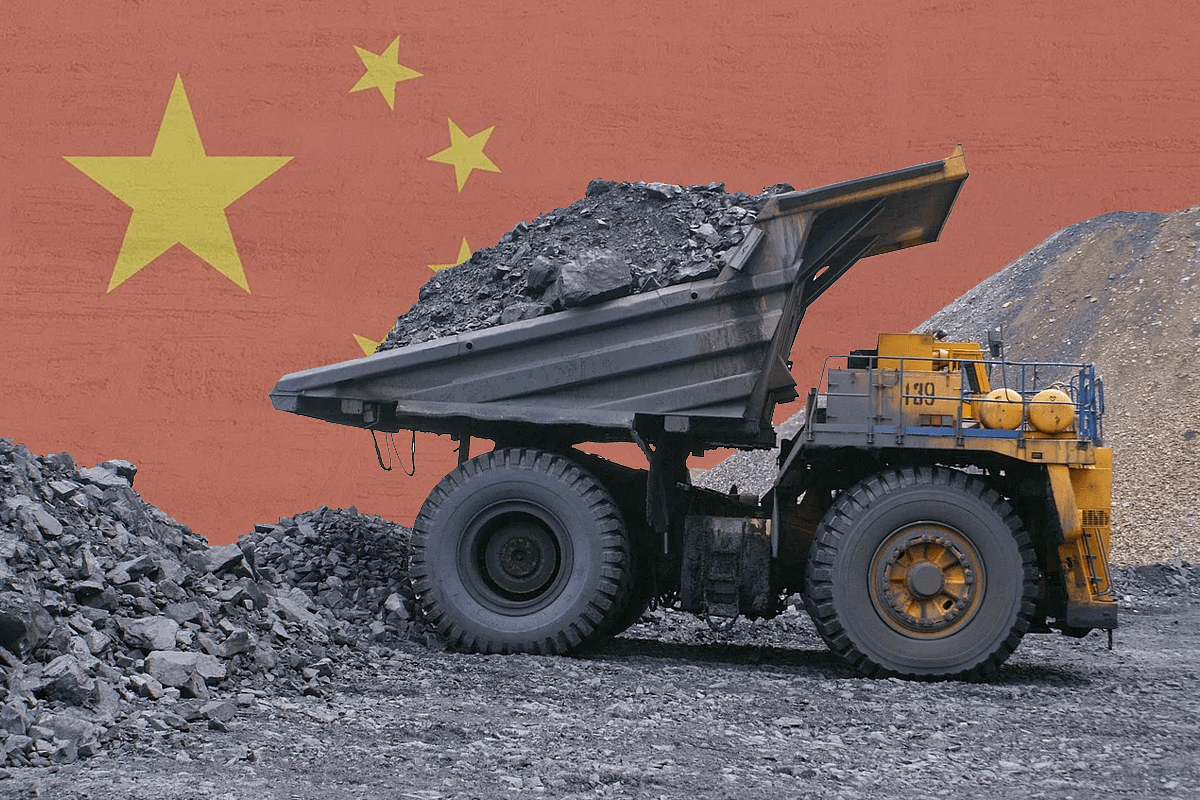Just when supply chain managers could use some good tidings for the coming holiday season, more bad news arrived in the last month from China: an electricity crisis triggered by sharply rising industrial output and coal shortages has cut production of steel, aluminum, and cement and will likely affect a wide range of products, from smartphones to machine parts.
Reuters reported that several suppliers to Tesla and Apple suspended production for four to six days because of the crisis. Mike Beckham, CEO of bottle and travel mug manufacturer Simple Modern, told the Wall Street Journal that a major Chinese supplier in Quzhou City had been forced to cut its workweek to four days and trim its electricity usage by a third. Beckham predicted major price increases for Simple Modern and said the crisis was “potentially bigger than anything [he and his team have] seen in our business careers.”
In response to the crisis, Chinese officials have ordered coal producers to ramp up production. But mining companies are facing serious headwinds: a series of mining accidents and Premier Xi Jinping’s 2020 pledge to cut coal usage as part of the country’s response to climate change.
Geopolitical conflict with Australia—source of 10% of China’s coal imports—have contributed to the coal shortage. And caps on electricity prices have made power companies hesitant to increase their output, according to World Politics Review. “Unable to adjust electricity prices beyond a small margin set by Chinese authorities and with their costs rising rapidly, some companies have suspended their operations.”
Some rate increases have been allowed in the last weeks, but it’s unclear how much generation capacity can be increased given the coal shortages.
Energy price increases and shortages are affecting other countries too, including the UK, Europe, and India. Like China, India remains heavily dependent on coal for power, and due to extreme flooding from monsoon rains, coal supplies are low and power shortages are increasing. According to Al Jazeera, “recovery will hinge on [the monsoon rains stopping] to allow mines to ramp up operations and for coal trucks to resume deliveries.”
But China is the top concern for supply chain managers. The world’s largest exporter since 2009, Chinese producers shipped $2.5 trillion worth of goods in 2019, the latest year for which data is available from the World Bank. To meet the surging demand, including early holiday purchases, China’s exports to the U.S. grew 15.5% year-on-year in August.
The power crisis gives ammunition to company leaders and supply chain managers who argue for moving some manufacturing out of China. “On top of … shipping bottlenecks and strict limits on travel into China,” Beckham of Simple Modern is evaluating, “the viability of moving some production back to the U.S.”
Resilinc advises companies plan for continuing power shortages in China through the first half of 2022. And while reshoring or nearshoring production to decrease reliance on China can offer advantages (see this post on opportunities in the Americas), it should be undertaken carefully.
As described in earlier blog posts, there are compelling reasons to keep production in China. While foreign manufacturers were first drawn to China by its low costs, China has since developed some of the most technologically sophisticated industrial ecosystems in the world. Its firms are critical suppliers for pharma/biotech, consumer electronics, automotive, energy, apparel and many other industries; they draw on a huge skilled workforce and have access to unmatched logistics infrastructure. These advantages should be weighed against the costs and risks of reshoring or nearshoring moves.
The first step in considering such changes is creating a thorough and accurate multi-tier map of supply chains. Without that, hidden dependencies on Chinese suppliers will persist, as Indian smartphone assemblers learned early in the pandemic when Chinese COVID-19 lockdowns deprived them of key components.





